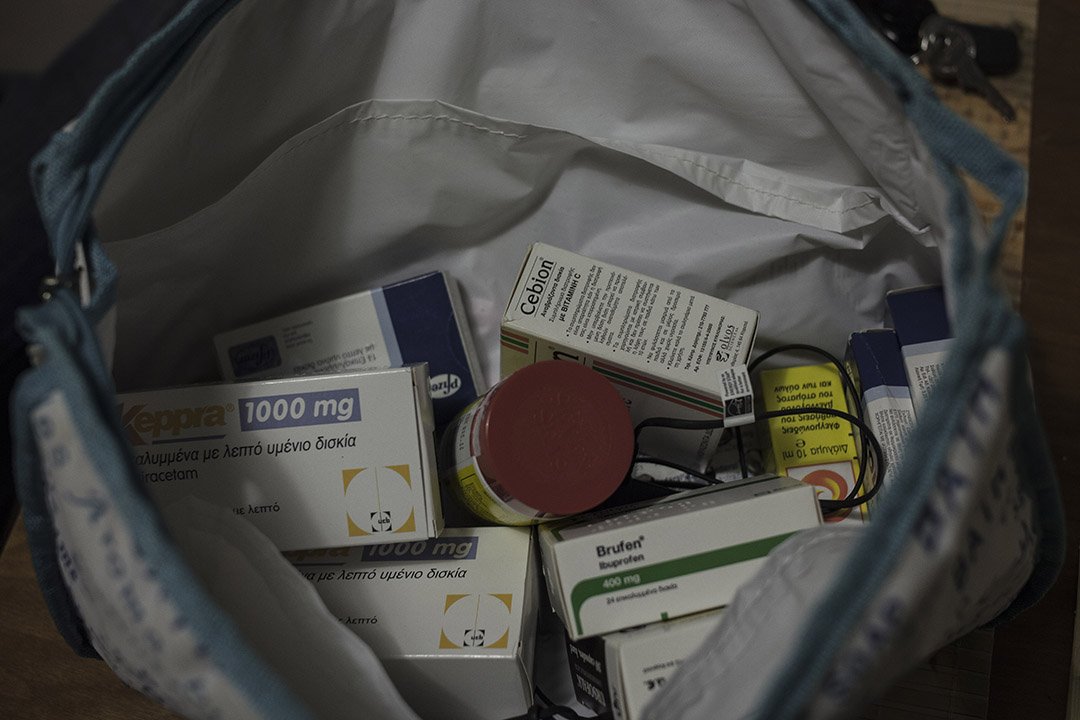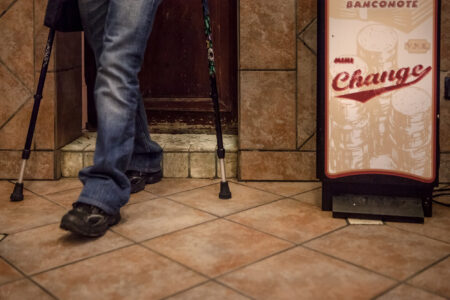
The journey of a medicine to the market
03.10.2018By our Young People’s Network member & guest author: Jacobo Santamarta Barral (AEDEM, Spain)
Have you ever wondered about how long it takes for your medicine to get to the market? The development of a new drug implies a significant investment (approximately 800 million euros) by a pharmaceutical company. Money, that it is usually restored by the exclusive sale of the product, provided by the patent (maximum 20 years).
The patent on the molecule is granted when it complies with all the necessary requirements, even before clinical trials. In return, all the assembled information is shared with the public. Therefore, the fact that the drug has been granted a patent does not mean that it can enter the market immediately, given that at first it must go through several trials and tests to prove, whether it can or cannot be administered to the public. This usually takes up to 12 years, during which the drug is not producing any benefits, since it cannot be sold until it has been approved by the corresponding legislation.
Once the drug is licensed, the pharmaceutical company will only be able to restore its investment for half the period, for which the original patent was awarded, what results in a complicated financial situation, hence the developed product is attached to public health.

In order to extend that term, the pharmaceutical company can apply for a SPC (Supplementary Protection Certificate) which can extend the exclusivity term for 5 years the longest (6 months more for a paediatric product).
Generic or biosimilar products (depending on the form of the original one) come into play exclusively after the expiry of the patent. Such products launch competition, as they are cheaper owing to the fact that these companies can avoid all the above-mentioned expenses. The latter makes them able to lower their prices, as they do not have to incur research and development costs.
With chemical compositions identical to brand name drugs, the lower costs of generics and biosimilars don’t mean that they fail to comply with correspondent regulations to reach the market. Although they are chemically identical to the original branded drug, the difference in the price leads back to the lower amount of investment required for the approval pathway to the market.
Obviously, when it comes to health issues, the more expensive a medical product is, the safer the patient feels, which should not necessarily happen if the medicinal options are basically the same, and the only difference is the trademark, under which it is marketed.
 Your Account
Your Account


